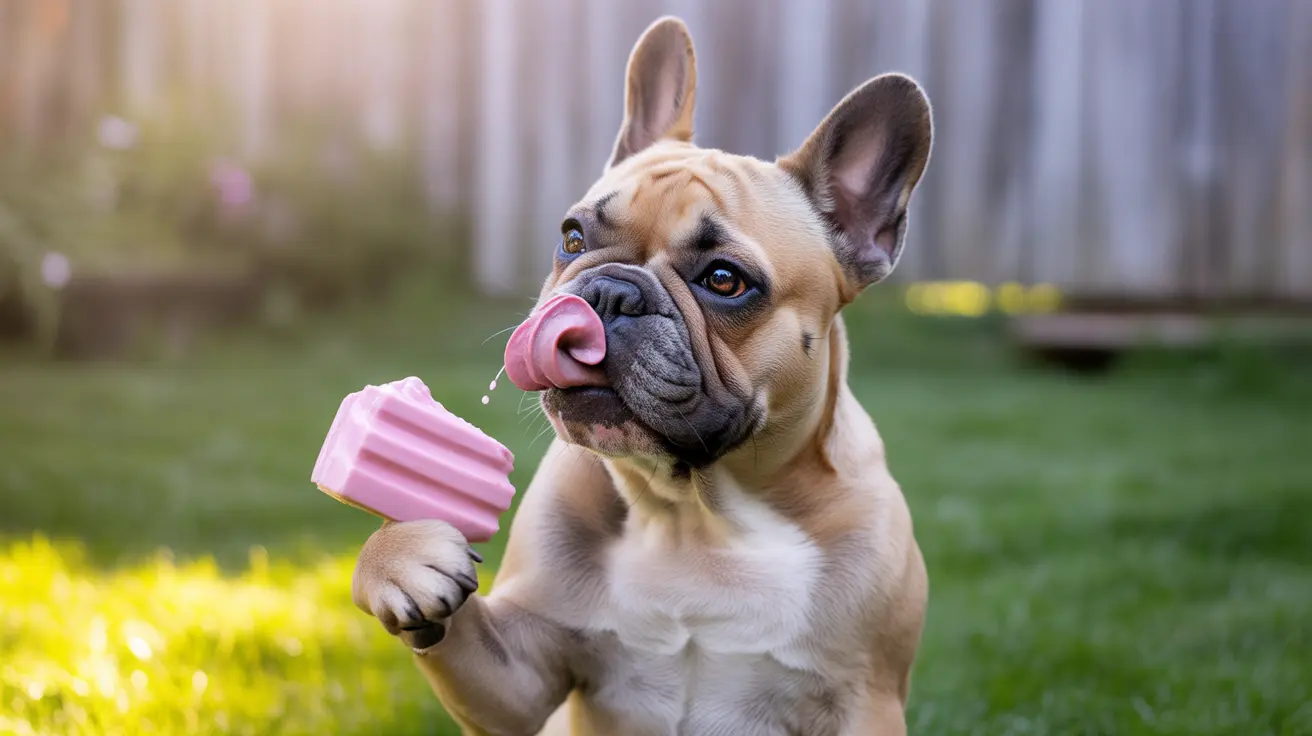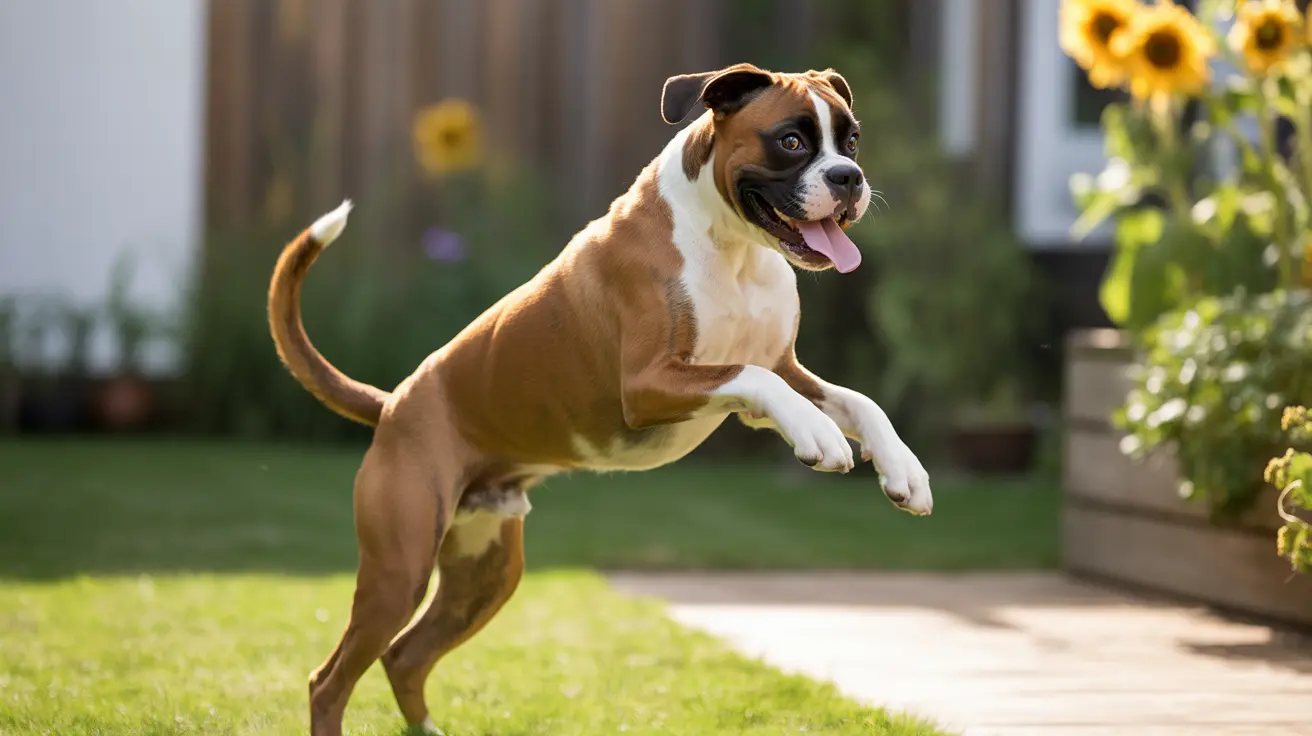Effective Ways to Calm Male Dog Hormones
Managing the hormonal instincts of a male dog requires understanding the root causes of behaviors and implementing positive, supportive strategies to reduce or redirect them. One common behavior associated with heightened hormones is humping or mounting. Contrary to popular belief, this behavior isn't always sexual or about dominance—in fact, it often stems from other internal states or environmental triggers.
Understanding the Causes of Humping
- Sexual behavior: Especially common in intact (un-neutered) dogs, stemming from hormonal drives.
- Excitement or overstimulation: Dogs may mount when overly excited or stimulated during play or social encounters.
- Stress and anxiety: Humping can be a self-soothing action in uncertain or tense situations.
- Attention-seeking: Some dogs learn that mounting gets attention from humans or other pets.
- Medical conditions: Issues like urinary tract infections or skin irritations may lead to increased interest in the genital area.
Having understood the source, here are targeted methods to help calm male dog hormones:
1. Neuter Your Dog
Neutering significantly decreases testosterone levels and often reduces hormonally driven behaviors. It's most effective when done early but may still benefit older dogs. Keep in mind, however, it won't resolve behaviors that have become learned or habitual.
2. Increase Physical and Mental Stimulation
Provide your dog with ample outlets for energy to prevent humping born from boredom or excess energy.
- Daily walks and runs
- Interactive play sessions
- Puzzle toys and enrichment games
- Obedience and trick training
3. Manage Environmental Triggers
Recognize patterns in your dog’s behavior to identify what usually leads to mounting.
- Structure interactions with guests
- Supervise play with other animals
- Reduce access to certain toys or objects
4. Interrupt and Redirect Behavior
When you see signs of impending humping, calmly redirect your dog with a command or activity:
- Teach cues like “sit,” “down,” or “leave it.”
- Redirect their energy toward a toy or chew item.
- Reward positive alternate behaviors with treats or praise.
5. Avoid Punishments
Punishing a dog for mounting can increase confusion and anxiety, worsening the problem. Instead:
- Withdraw attention calmly
- Reinforce calm behavior
- Set boundaries consistently
6. Establish Routines and Obedience Training
Structured routines give dogs a sense of stability and predictability, helping reduce anxiety-related behaviors.
- Set regular feeding, walking, and play schedules
- Teach reliable commands
- Practice calm greetings with guests
7. Consult Professionals for Persistent Issues
If the behavior continues despite your efforts, consult a veterinarian to rule out medical causes, or work with a certified trainer or behaviorist for individualized strategies.
Conclusion: Humping and mounting in male dogs is natural and multifaceted. While hormones may influence these behaviors, they’re often amplified by emotional or environmental factors. By neutering, providing consistent stimulation, managing triggers, redirecting unwanted behavior, and avoiding punishment, you can support your dog in living a calmer, healthier life.





